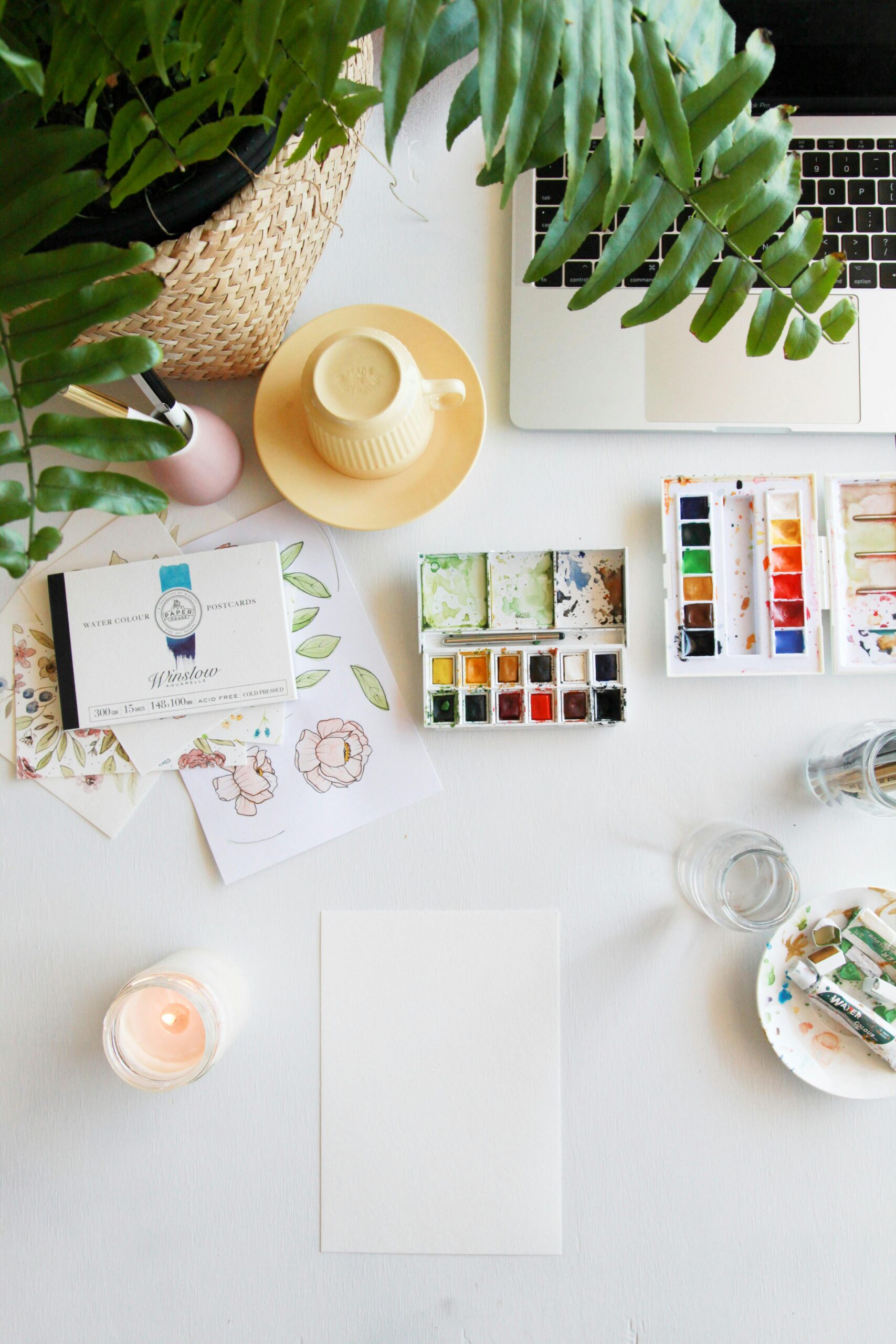From Side Hustle to Startup: Steps to Turn Your Idea into Income
So, you’ve got a side hustle. Maybe you’re making custom T-shirts, selling digital templates, or offering freelance services after your 9–5. You’re making some extra cash, maybe even building a solid following. But deep down, you’re wondering: Could this be more than a side gig? Could I turn this into a real business? The answer is yes—if you approach it strategically.
Turning a side hustle into a full-blown startup isn’t just about passion; it’s about planning, structure, and execution. Here are the key steps to make that leap from side hustle to legitimate income-generating business.
1. Validate Your Idea with Real Numbers
Before you quit your day job, take a step back and ask: Is there real demand for what I offer? Look at your current sales, client retention, repeat customers, and online engagement. If your growth is consistent and your product or service solves a clear problem, that’s a green light.
Take it a step further by gathering customer feedback, conducting informal surveys, and testing pricing models. Validation doesn’t have to be complicated—it just has to prove people are willing to pay for what you offer.
2. Treat It Like a Business (Because It Is)
It’s easy to treat a side hustle casually—sporadic work hours, no clear budget, everything tracked in your head. But if you’re serious about growth, you need structure.
Register your business name, get any necessary licenses or permits, open a business bank account, and track your finances properly. Tools like QuickBooks or Wave can help. If you’re freelancing, invest in a solid proposal and invoicing system. These small moves build credibility—and make your life easier come tax season.
3. Develop a Business Plan (Even a Simple One)
You don’t need a 50-page plan, but you do need clarity. Outline your mission, target market, pricing, revenue streams, and marketing strategy. Map out how you’ll scale—whether that’s through more inventory, hiring help, or automating processes.
Ask yourself:
- What problem do I solve?
- Who is my ideal customer?
- How will I find and serve them better than my competition?
This clarity will guide every decision you make as you grow.
4. Build Systems That Can Scale
Side hustles rely heavily on you—your time, your hands, your effort. Startups need systems. Look for ways to automate, delegate, or outsource tasks. Set up workflows for customer onboarding, social media content, customer service, and product fulfillment.
If you’re selling physical products, consider using print-on-demand or third-party fulfillment services. If you’re a freelancer, create templates for proposals, contracts, and follow-up emails. Every repetitive task is an opportunity to save time.
5. Get Comfortable with Marketing
The biggest difference between a side hustle and a business is visibility. It’s not enough to have a good product—you need people to know about it. That means embracing marketing, even if it’s outside your comfort zone.
Start with where your audience hangs out—whether that’s Instagram, TikTok, LinkedIn, or YouTube. Focus on one or two platforms and commit to showing up consistently. Share your story, your work, and your results. People don’t just buy products—they buy into you.
6. Set Financial Milestones
It’s tempting to measure success only by revenue, but profitability and sustainability matter more. Set monthly or quarterly income goals, but also track expenses, profit margins, and time spent. Decide at what point your side hustle can realistically replace your full-time income.
A good rule of thumb: if your side hustle consistently brings in at least 50–70% of your salary for 6+ months and you’ve got savings to cushion the transition, you’re in a strong position to go all in.
Turning your side hustle into a startup won’t happen overnight. But with a clear plan, the right systems, and a willingness to show up consistently, it’s absolutely possible. The key is not just to hustle harder—but to hustle smarter.
Ready to make the leap? Start by treating your side hustle like the business it’s meant to be. The future is yours to build.





